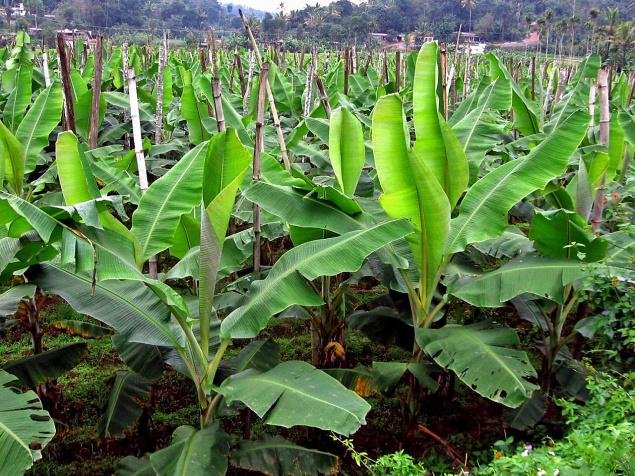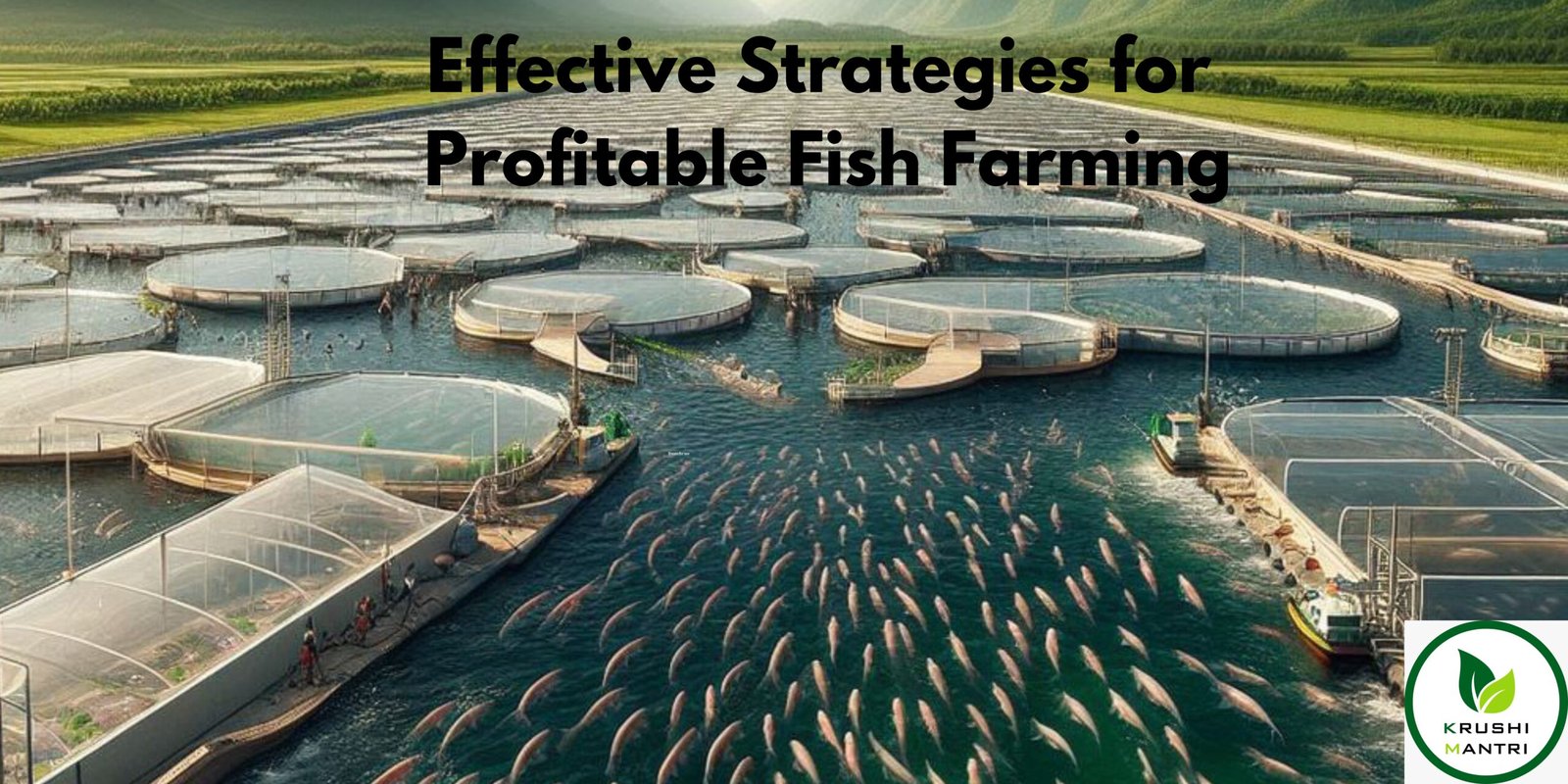“Banana Farming Tips and Banana Information”
Hello fellow farmers,
As a farmer myself krushimantri, I understand the importance of finding lucrative and sustainable agricultural practices. One such activity that has been practiced for centuries in tropical and subtropical regions is banana farming. The rising demand for bananas makes it a promising venture for farmers, but it also presents unique challenges that need to be overcome to maximize yield and profitability.
One of the major challenges faced by banana farmers is the specific requirements for optimal growth, which includes soil quality, water, and fertilization. Additionally, pest and disease management and post-harvest management are also important factors to consider. To succeed in banana farming, farmers need to stay up-to-date with the latest tips, techniques, and best practices.
In this article, I will share some of the most effective banana farming tips that I have personally found helpful. These tips have helped me achieve success in this rewarding industry, and I hope they will do the same for you. Let’s dive in and explore the world of banana farming together!
Climate & Soils
- Bananas grow best in tropical and subtropical regions with warm temperatures, high humidity, and abundant rainfall.
- They require well-drained, fertile soils with a pH range of 5.5 to 7.0.
- Avoid planting bananas in poorly aerated and nutritionally deficient soils.
Land Preparation
- Before planting, cultivate green manuring crops such as dacha or cowpea to prepare the land.
- Plough the land 2-4 times and level it using a rotovator or harrow.
- Create a fine tilth in the soil to create a suitable environment for the banana plants.
Seed Rate & Spacing
- The recommended seed rate for bananas is 1000-1500 plants per acre.
- Spacing should be 6×6 ft or 7×6 ft, depending on the variety.
Intercultural Operations
- Keep the plantation weed-free, and perform regular pruning and delegating.
- Maintain a clean and hygienic plantation by removing diseased or pest-infested plants.
As a farmer with experience in crop nutrition management, I know that proper fertilization is essential for the healthy growth and productivity of banana plants. Here are some key points to keep in mind
Crop Nutrition Management –
Soil Testing: It’s important to conduct soil testing before planting to determine the soil’s nutrient content, pH level, and organic matter. This helps to identify nutrient deficiencies or excesses in the soil, and plan the appropriate fertilization program.
Fertilization: Banana plants require a range of nutrients including nitrogen, phosphorus, potassium, calcium, magnesium, and sulfur to grow and produce healthy fruits. Organic manure or inorganic fertilizers can be used to provide these nutrients. However, it’s important to apply the right type and amount of fertilizer based on soil test results.
Fertilizer Application Timing: To ensure that banana plants receive the nutrients when they need them the most, fertilizers should be applied at the appropriate time. For instance, nitrogen fertilizers should be applied during the active growth phase of the plant.
Foliar Fertilization: Banana plants can absorb nutrients through their leaves. Therefore, foliar fertilization can be used as an additional method to supply nutrients to the plant.
Mulching: Mulching helps to conserve soil moisture, suppress weed growth, and improve soil fertility by slowly releasing nutrients as the organic matter decomposes.
Nutrient Management Planning: Creating a nutrient management plan involves scheduling fertilization based on the plant’s growth stage, soil test results, and crop nutrient requirements.
By following these steps, banana farmers can effectively manage crop nutrition and ensure that their plants grow healthy and productive.


Irrigation Management
- Bananas require frequent and regular irrigation, especially during the fruit development stage.
- Avoid over-watering, as it can lead to waterlogging and root rot.
Weeds & Weed Management
- Weeds can compete with the banana plants for nutrients, water, and light.
- Implement a weed management plan to keep the plantation weed-free and maintain the health of the banana plants.
Insect Pests & Pest Management
I know firsthand how insect pests can cause significant damage to our crops. Pests like banana weevils, banana aphids, and mites can wreak havoc on our banana plants, affecting the leaves, stems, and fruit, which ultimately results in reduced yields and poor fruit quality.
But fear not, my fellow farmers, there are ways to manage insect pests effectively. Implementing an integrated pest management (IPM) strategy is key to reducing the use of pesticides and the risk of developing resistance.
So, what are some of the pest management techniques that can be used in banana farming? Here are a few that I’ve found to be effective:
- Firstly, cultural practices such as sanitation and pruning can help reduce pest habitat and remove infested plant material. This can help prevent the spread of pests and minimize their impact on our crops.
- Secondly, biological control using natural enemies such as predators or parasites that attack pest populations can be an effective way to manage insect pests. These natural enemies can help keep pest populations in check without the use of harmful pesticides.
- Thirdly, chemical control using insecticides that are safe and effective against specific pests can also be an option, but it’s important to use these chemicals responsibly and in accordance with best practices.
- Lastly, monitoring and scouting for pests is crucial in detecting and identifying pests early on, allowing us to determine the most appropriate control measures to implement. It’s important to remember that overuse of pesticides can lead to resistance, environmental contamination, and harm to beneficial insects, ultimately reducing the effectiveness of pest control measures over time. So, let’s work together to follow best practices for insect pest management and protect our banana crops for years to come.
Nutrient table
| Nutrient | Coromandel Product |
|---|---|
| Nitrogen | Urea, Neem Coated Urea, Calcium Ammonium Nitrate, Ammonium Sulphate, Suphala, Biostadt Diammonium Phosphate, Biostadt Monoammonium Phosphate |
| Phosphorus | Diammonium Phosphate, Monoammonium Phosphate, Suphala, Biostadt Diammonium Phosphate, Biostadt Monoammonium Phosphate |
| Potassium | Muriate of Potash, Sulphate of Potash, Suphala, Biostadt Muriate of Potash, Biostadt Sulphate of Potash, Biostadt SOP 50 |
| N + P | Biostadt NPK 20:20:20, Biostadt NPK 19:19:19, Biostadt NPK 13:40:13 |
| N + K | Biostadt NPK 13:0:45 |
| N + P + K | Biostadt NPK 12:32:16, Biostadt NPK 10:26:26, Biostadt NPK 16:16:16, Biostadt NPK 19:19:19, Biostadt NPK 13:40:13 |
| Calcium | Biostadt Calcium Nitrate, Biostadt Gromore Calcium |
| Magnesium | Biostadt Magsulf |
| Sulphur | Sulphur 90, Biostadt Bensulf, Biostadt Mahasulf |
| Ca + Mg + S | Biostadt Gromore Calcium, Biostadt Magsulf, Biostadt Bensulf, Biostadt Mahasulf |
| Iron | Biostadt Kranti Ferrous Sulf (for soil application), Biostadt Tez Fe (Chelates) |
| Zinc | Biostadt Kranti Zinksulf 21% & 33% (for soil application), Biostadt Tez Zn (Chelates) |
| Manganese | Biostadt Tez Combi |
| Copper | Biostadt Tez Combi |
| Boron | Biostadt Tez DOT and DTB |

Plant diseases and their management in banana farming –
Common Diseases of Banana Plants
- Panama disease: caused by the soil-borne fungus Fusarium oxysporum f.sp. cubense, which can lead to wilting and death of the plant.
- Black Sigatoka: caused by the fungus Mycosphaerella fijiensis, which causes leaf spots, defoliation, and reduced fruit quality.
- Bunchy Top: caused by a phytoplasma, which stunts plant growth and causes the leaves to become small and crinkled.
Disease Management Strategies
- Use disease-free planting material and avoid planting bananas in soil with a history of disease.
- Practice crop rotation and avoid replanting bananas in the same spot for at least five years.
- Implement good sanitation practices, such as removing diseased plant material and avoiding the transfer of soil or plant material from other infected areas.
- Implement a pest management plan to control insects that can spread diseases.
- Use appropriate fungicides or bactericides if necessary, and follow the recommended application rates and intervals.
- Monitor the plantation regularly to detect any signs of disease and take prompt action if necessary.
- Consult with experts or agricultural extension services for guidance on disease management strategies.
Harvesting and post-harvest measures for bananas –
Harvesting
- Bananas are ready for harvest when the fruit is fully mature and the fingers are plump and have turned slightly yellow.
- The harvest season for bananas depends on the variety and growing conditions.
- Cut the bunch with a sharp knife, leaving a portion of the stem attached to the fruit.
- Avoid damaging the fruit or the stem during harvesting.
Post-Harvest Measures
- Sort the harvested bunches based on size, ripeness, and quality.
- Discard damaged, diseased, or unripe fruit.
- Treat the bunches with fungicides or hot water to prevent post-harvest diseases.
- Store the bunches in a cool and well-ventilated room to slow down ripening and extend shelf life.
- Transport the bunches carefully to prevent bruising and damage.
- Pack the fruit in appropriate packaging material such as banana boxes or crates.
- Label the packaging with relevant information such as variety, grade, and date of packing.
- Store the packed fruit in cool and dry conditions to maintain quality and extend shelf life.
Question & Answer
Q1. Is banana farming profitable?
Ans – Yes, banana farming can be profitable if done correctly with proper planning and management.
Q2. What are the tips for banana farming?
Ans –
- Climate & Soils
- Land Preparation
- Seed Rate & Spacing
- Intercultural Operations
- Crop Nutrition Management
- Irrigation Management
- Weeds & Weed Management
- Insect Pests & Pest Management
- Plant Diseases & Disease Management
- Harvesting & Post Harvest Measures
Q3. Which banana farm gives the best money?
Ans – The profitability of a banana farm depends on various factors such as location, soil type, weather conditions, farm management practices, and market demand. Therefore, it is difficult to pinpoint a specific banana farm that gives the best money.
Q4. Is banana business good?
Ans – Yes, the banana business can be good if there is a high demand for bananas in the market and the farm is managed efficiently with proper planning and resources.
Q5. How can I increase my banana sales?
Ans – You can increase your banana sales by implementing good marketing strategies such as creating a strong brand image, selling at local farmers’ markets, partnering with local grocery stores or restaurants, and offering competitive pricing.
Q6. What are the negatives about banana farming?
Ans – Some of the negatives of banana farming include the risk of diseases and pests that can affect yield and quality, the high cost of inputs such as fertilizers and labor, and the susceptibility of banana plants to weather conditions such as drought and storms. Additionally, monoculture of bananas can lead to soil depletion and a lack of genetic diversity.
We hope this blog is vital for you; hence more information regarding any agriculture sector, stay tuned with Krushimantri.com
And more information regarding any travel, stay turned with urbanchats.com









